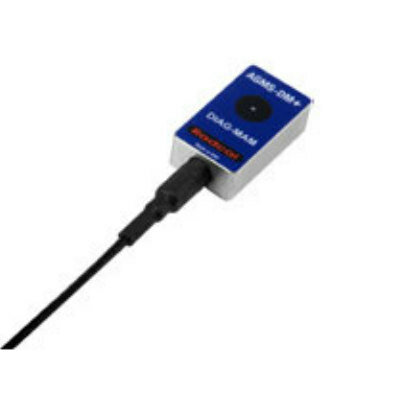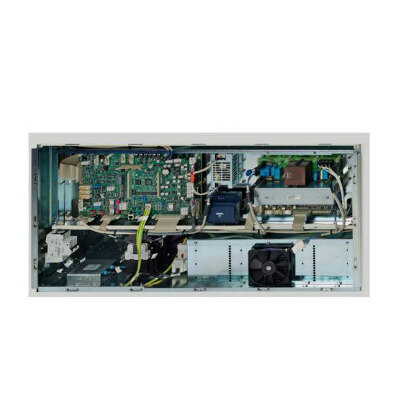MRI Contrast Medium Enables Early Diagnosis of Multiple Sclerosis in Animal Model
By MedImaging International staff writers
Posted on 08 Sep 2008
In an animal model of multiple sclerosis (MS), German neuroradiologists and neurologists have been able to visualize inflammatory tissue damage, most of which had remained unrecognized up to now, with the aid of a new contrast agent, Gadofluorine M, used in magnetic resonance imaging (MRI).Posted on 08 Sep 2008
Specifically, at the early stage of the disease, drug treatment is effective. Up to now, however, an early diagnosis is frequently not established with certainty, especially if no (or very few) inflammatory lesions are present on MRI. "With this new contrast medium, we were able to visualize five to 10 times more foci of inflammation in comparison to conventional MRI images and contrast media,” reported Prof. Dr. Martin Bendszus, medical director of the department of neuroradiology at the University Hospital of Heidelberg (Germany).
MS is a chronic inflammatory disease of the central nervous system of unknown cause. It typically begins in young adults, and women are affected more frequently. In Germany, approximately 120,000 patients are afflicted. MS is characterized by multiple inflammatory lesions in which nerve fibers lose their myelin sheath. These patches of demyelination cause neurologic breakdown that may regress upon remyelination. At later stages, MS may result in a loss of nerve fibers, leading to irreversible damage and persistent neurologic symptoms. MRI plays a vital role in the early diagnosis of MS and monitoring of the disease.
The scientists from the University Hospitals Heidelberg and Wurzburg (Germany) examined brains and spinal cords of animals at different stages of the disease with the new contrast medium and found significantly more inflammatory lesions than with traditional contrast media. Examinations of tissue sections from these lesions showed that these were actually foci of inflammation. The application of this new contrast medium was clearly superior to conventional contrast media, particularly for the spinal cord or optical nerve, nerve regions that are especially difficult to examine on MRI.
The results of the study could help dramatically improve the diagnostic work-up in MS with a potential impact on early treatment. "MS is the most frequent cause of occupational disability and handicap in young adults,” explained Prof. Bendszus. "New therapies have a positive influence on the course of the disease, but are often not initiated at early stages since the diagnosis of MS is not yet established.”
The new contrast medium gadofluorine M seemingly visualizes MS lesions better because it binds particularly well to specific components of the extracellular matrix of inflammatory foci. Because of this, it accumulates in these lesions in higher concentrations.
Now, the next objective of the interdisciplinary working group is to further develop the new MRI contrast medium for application in clinical practice. As of now, the contrast medium is not yet approved. Further preclinical tests are needed for the planned clinical application.
Related Links:
University of Heidelberg
University of Wurzburg














